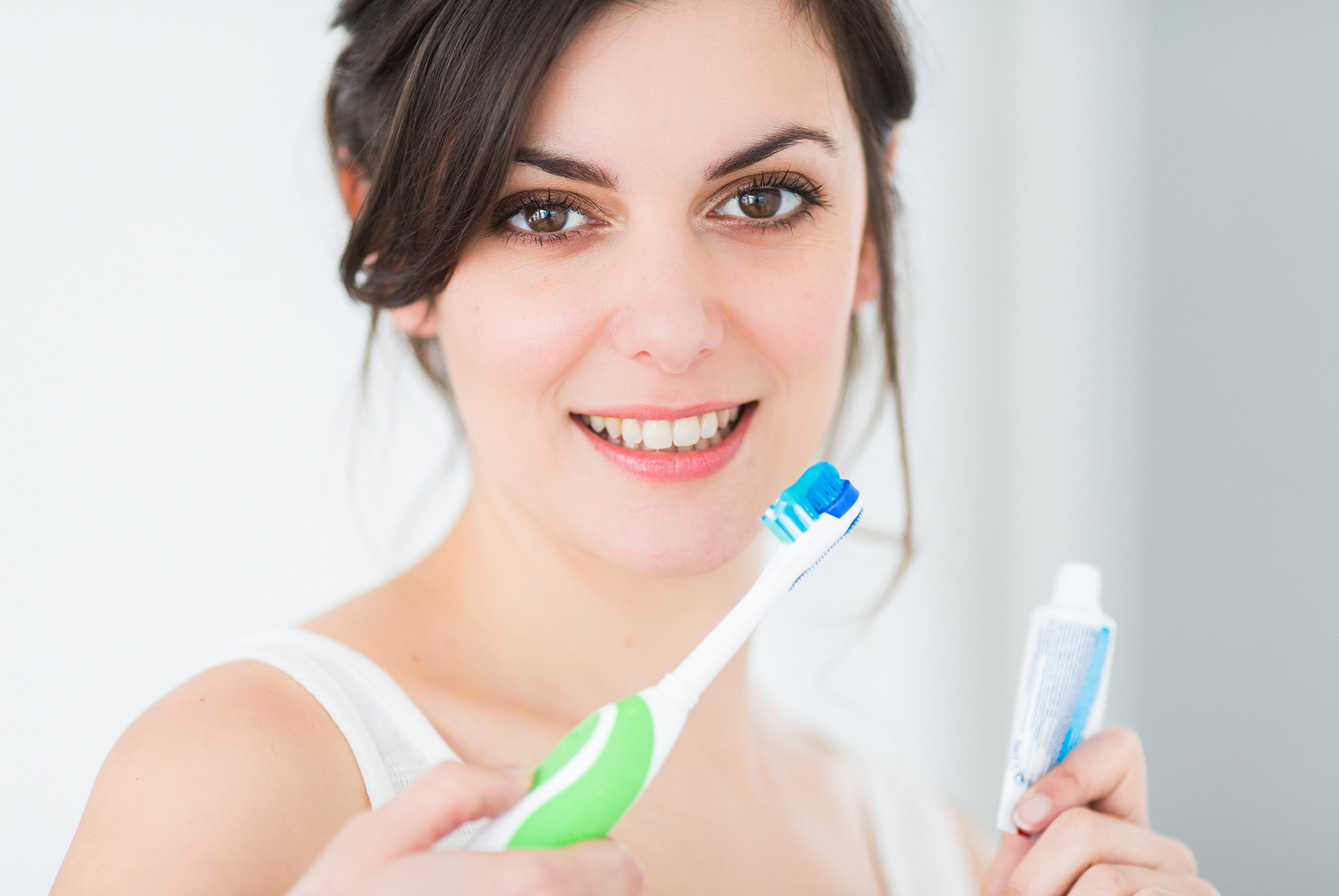White teeth can do magic for your appearance and smile; therefore, it is no wonder that teeth whitening considered as one of the most admired cosmetic dentistry options. In addition to the yellowing and discoloration caused by a build-up of surface stains obtained from using tobacco products and consuming specific drinks or foods, an average person’s teeth are natural shades of light discolored yellow and become darker with age. Teeth whitening approaches provide everyone an opportunity to enjoy dazzling smiles that would otherwise not be accessible to them.
Not all treatments are suitable for one and all. Thus it is significant to discuss with your dentist prior deciding which tooth whitening treatment to choose. A few treatments use bleaching substances while others do not, and not everyone’s teeth are suitable for bleaching. Teeth whitening is perfect for people who have healthy teeth and gums, with no fillings. Teeth with yellowish tones respond best to teeth whitening.
Many bleaching agents are peroxide-based. The peroxide is what bleaches your teeth enamel and makes your teeth brighter and whiter. The strength of the peroxide normally determines the potency of the whitening treatment. The proportion of peroxide presently found in tooth whitening products is 10%, 15%, and 25%.
If your dentist has determined that you are an individual to have your teeth brightened and whitened, you should decide which teeth whitening technique to choose.
Teeth Whitening Toothpastes
This toothpaste restricted to getting rid of surface stains on the teeth. They use special kind of abrasives, as well as extra chemical agents or polishing that aid in stain removal. As the abrasives are just fine versions of the ones used in standard toothpaste, they are unlikely to cause unnecessary wear to the teeth. Though, as whitening toothpaste do not include bleach, they can only make your teeth about one shade lighter.
Over-the-Counter Whitening Gels and Strips
Professional whitening products and over-the-counter gels produce more obvious results as they contain carbamide peroxide or hydrogen peroxide that aids in lightening the color deep inside the tooth.
Whitening gels are peroxide-based clear gels that you apply directly to your teeth you’re your toothbrush. They need to be applied two times a day for 15 days. You will see early results within a few days, and the final results typically last for about four to five months.
Whitening strips are skeletal, almost invisible strips layered with a peroxide-based gel. You apply these strips for 30 minutes twice a day, for 15 days. You can notice the initial results in a few days, and get the final results for about five months.
Whitening Rinses
Whitening rinses, just like most mouthwashes, freshen your breath and help in reducing gum disease and dental plaque while also involving ingredients like hydrogen peroxide that whiten your teeth. They should be swished around in your mouth for 1-2 minute two times a day before you brush your teeth. Rinses are stated by a few experts to be less effective than other over-the-counter teeth whitening products because a whitening rinse is only in contact with the teeth for 2 to 3 minutes a day, rather than 30 minutes for various strips. Manufacturers say they may take around 12 weeks to generate results.

